So far, we’ve worked our way through strong side carry, appendix carry, and pocket carry.
While these all provide a means to tote your gun near or on your hip, sometimes we have to stow the gun a little further away.
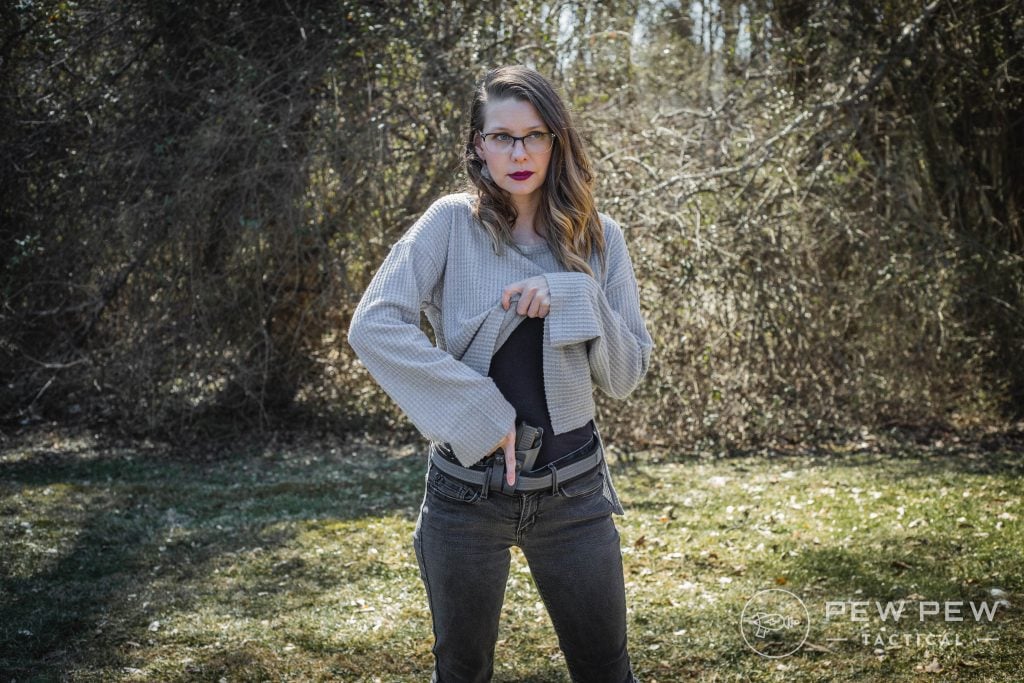
So, today we’re taking a look at ankle carry. We’ll discuss when you should opt for this concealed carry method, what makes it work (and what doesn’t), and what holsters work the best.
Ultimately, we’ll get you spun up enough to decide if this style works for you.
As always, you can check our Brownells’ Daily Defense video below for some great advice and tips on ankle carry.
Table of Contents
Loading…
What Is Ankle Carry?
This concealed carry method is pretty self-explanatory as it refers to the location in which you place the gun — the ankle.
So why would anyone want to slap a gun on their ankle?
Good question.
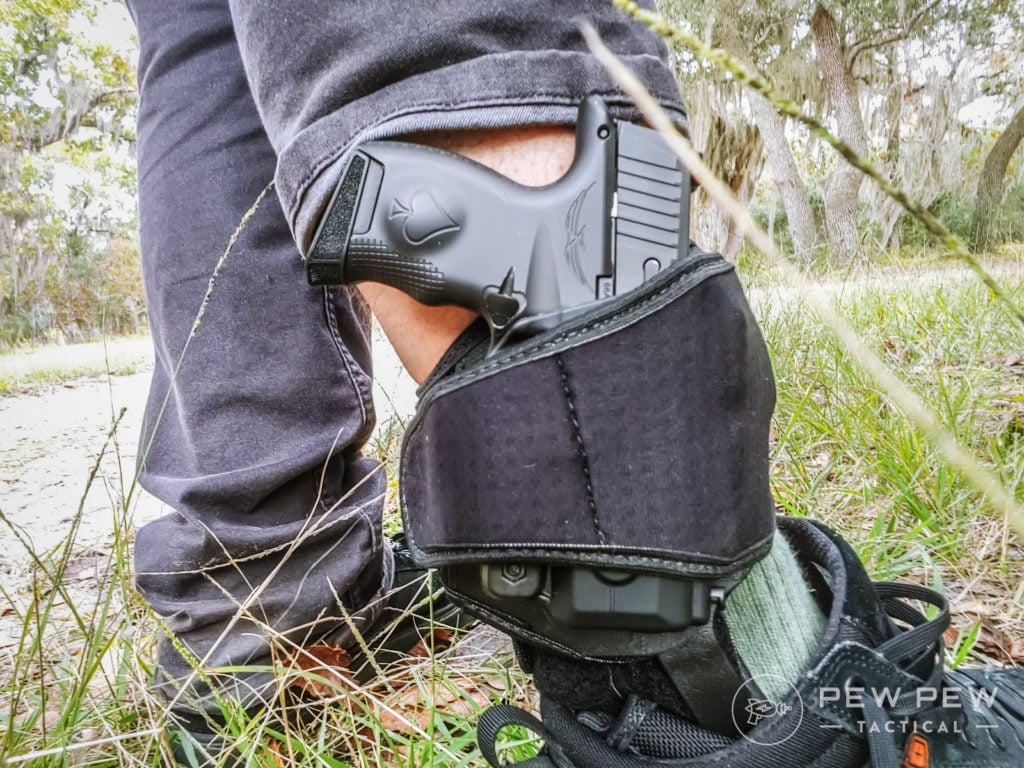
An ankle carry rig is often used to stow a backup gun. That is, a secondary gun you wear in case your primary firearm fails or is otherwise unavailable to you.
These guns tend to be micro compacts that are there to help you if SHTF.
Need some help deciding which BUG is best? We got you, with the 5 Best Backup Guns.
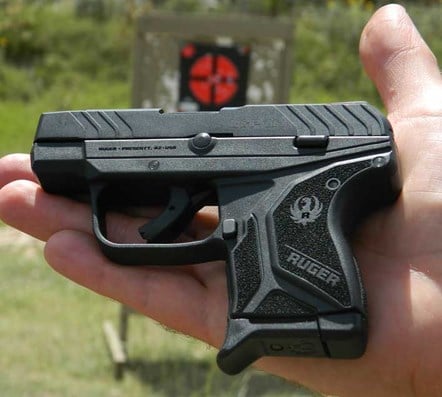
Other times, people choose to ankle carry due to an outfit restriction — i.e., you’re wearing a dress, skirt, or business slacks that don’t offer a structured belt line to carry in a traditional strong side or AIWB setup.
In this case, you can wear a small gun on the ankle because, after all, any gun is better than no gun at all.
Pros of Ankle Carry
The most obvious pro, especially if you’re using ankle carry to house a BUG, is that it allows you to have more than one gun.
Let’s be real; guns fail sometimes. You don’t want to deal with a malfunction in a dire situation. With ankle carry, just grab your spare and go from there!
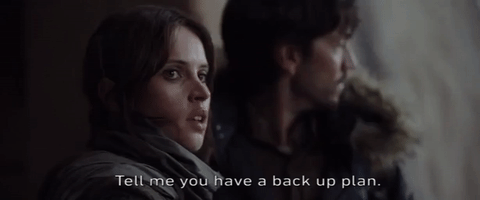
The other advantage is it allows people who otherwise couldn’t carry to do so.
If you’re stuck adhering to a dress code at work, ankle carry likely accommodates your outfit in a better manner.
For instance, if you wear suits, dresses, skirts, or even scrubs, ankle carry allows you to continue to carry even though you don’t have a belt.
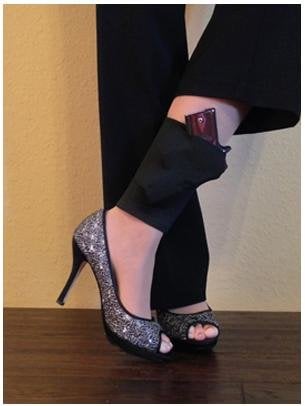
(But always follow company policy in regards to whether you can carry on the property.)
If you happen to work a desk job that requires a lot of sitting, ankle carry might also feel more comfortable than strong side or AIWB. Plus, it’s pretty easy to draw from a seated position.
Cons of Ankle Carry
Everything has its downside…
For ankle carry, the biggest issue is handgun size. While you can definitely sport a full-size gun in the IWB or OWB position, you are restricted to certain guns in ankle carry.
Namely, lightweight, small-frame pistols or revolvers — think, micro compacts.
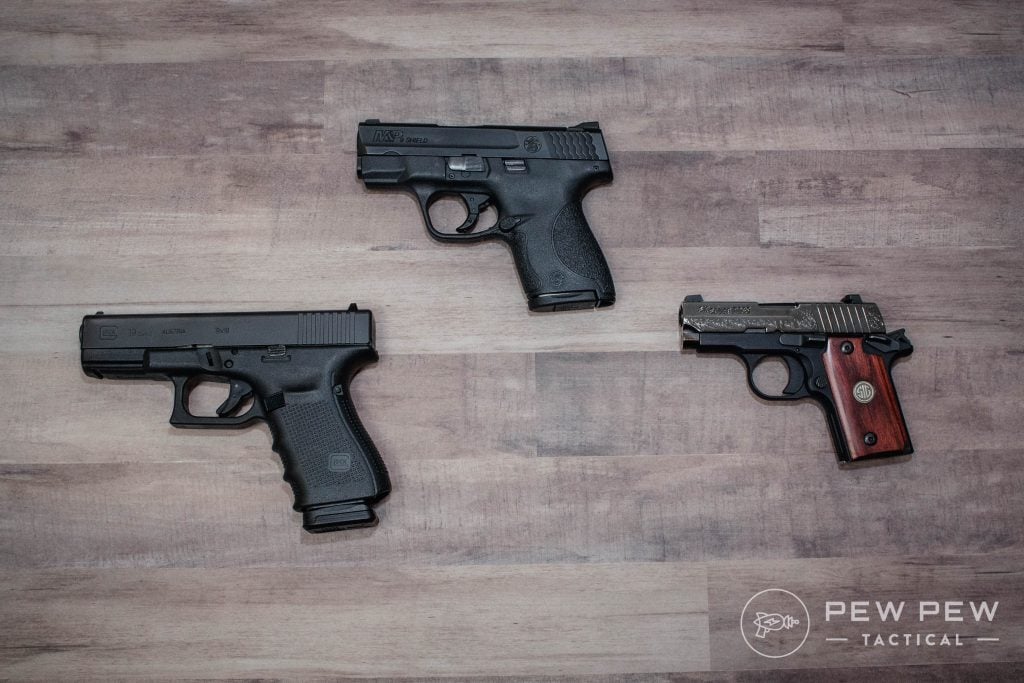
Also, with ankle carry, you lose mobility. A draw from an ankle holster requires you to either bend over or kneel to access the gun. You simply can’t run and draw the gun at the same time.
In a life or death situation, you’ll have to make the tough decision of whether to flee from danger or stop and draw.
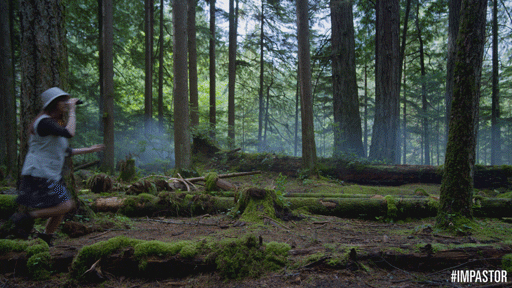
While we’re discussing drawing…we have to acknowledge that it’s slower than strong side or AIWB.
Again, due to placement, you’ve got to kneel or bend to get to the gun. It requires a certain level of flexibility to achieve.
How to Draw From an Ankle Holster
Drawing from an ankle holster looks different than that of strong side or AIWB.
There are a few ways to draw, but the most efficient is the kneeling approach.
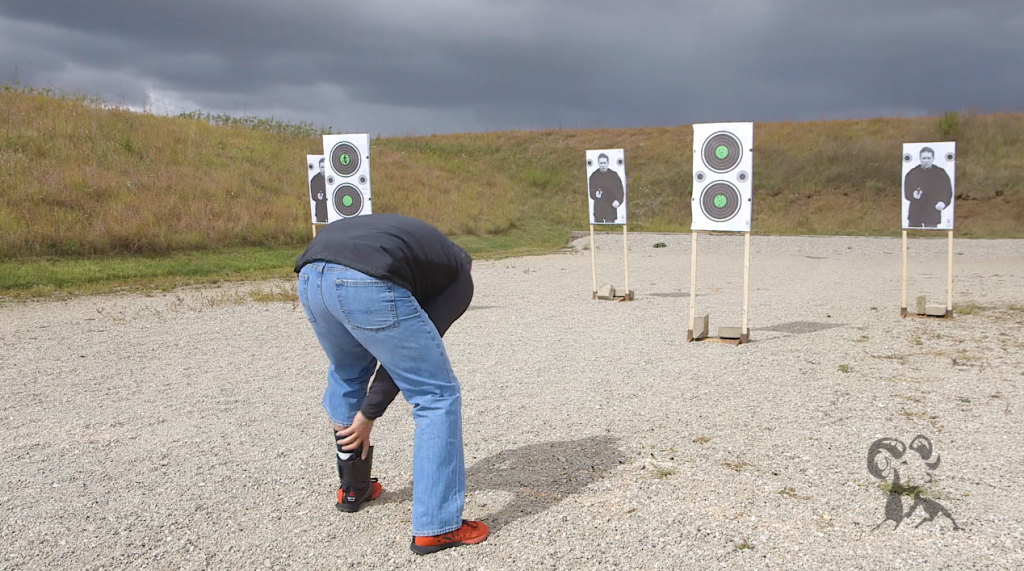
It’s worth mentioning that the ankle holster should be placed on your weak side ankle — that is, your non-dominant side. Also, it should be oriented on the inside of your leg.
That position prevents the gun from smacking into furniture, walls, or other things as you walk.
To draw, you’ll need to take a step forward with your non-dominant foot — the one that wears the holster.
Your dominant knee will drop to the ground, placing you in a kneeling position.
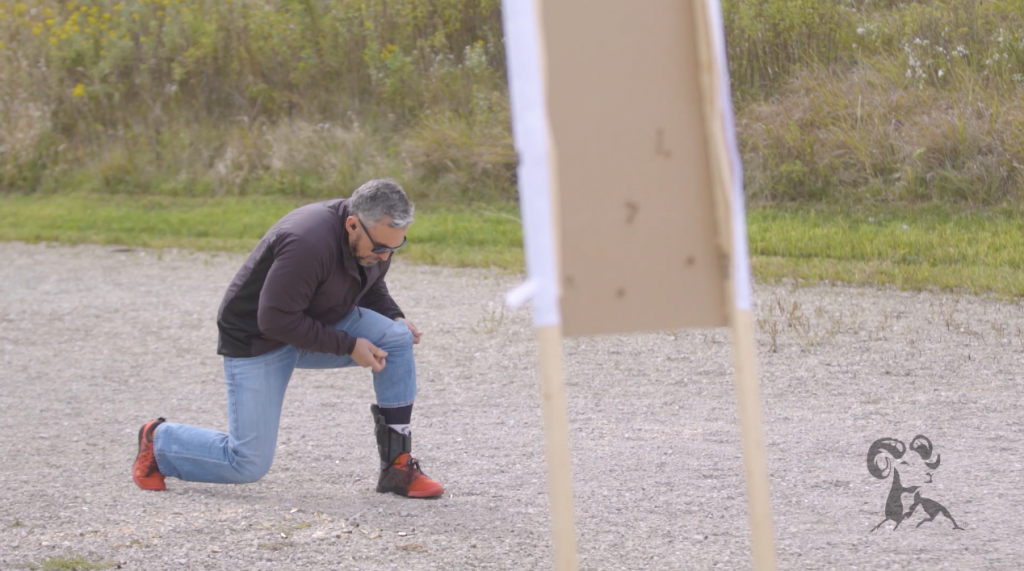
Grab the pant leg and pull up to reveal the holster. Draw the gun.
From here, you can choose to stay kneeling and fire, or you can return to a standing position and fire.
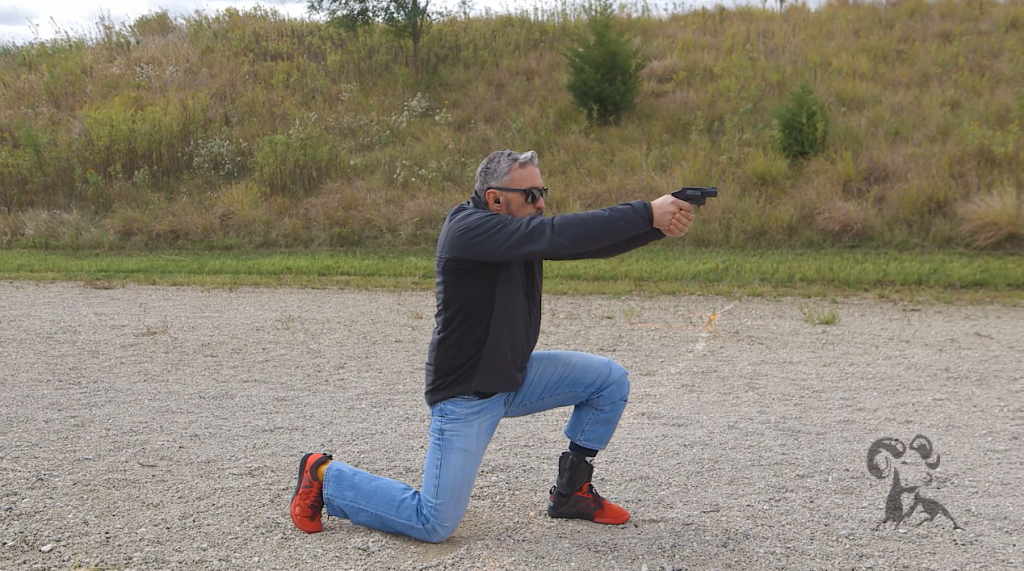
Ankle Carry Tips
1. Test Out Your Pants, Dresses, and Skirts
Like most things in the concealed carry world, you’ll want to do a trial run to see what works and doesn’t.
You’ll be limited to wide-legged pants and flowy fabrics.
Skinny jeans need not apply.
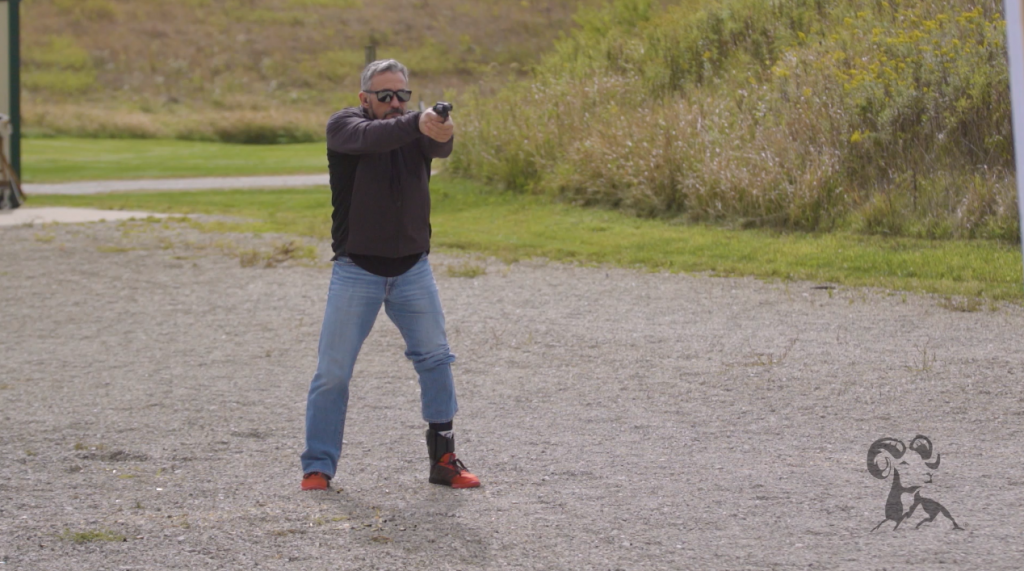
You have to hide that block metal somehow, and clingy fabrics won’t do the job.
Go through your closet and try things on. See what prints and what doesn’t. Can you access the gun if you need it?
The benefit of ankle carry is that, unless you’re sporting some cool shoes, most people aren’t looking at your feet.
So, you have a little more leeway in terms of what prints and what doesn’t.
2. Invest in a Good Holster
I always preach the gospel of a quality holster, but it’s especially true here. A bad ankle holster will drive you nuts…trust me!
Not-so-great holsters slip, slide, and twist on your ankle. They cause the gun to knock against your ankle bone. (Ouch!) It’s an unpleasant experience.
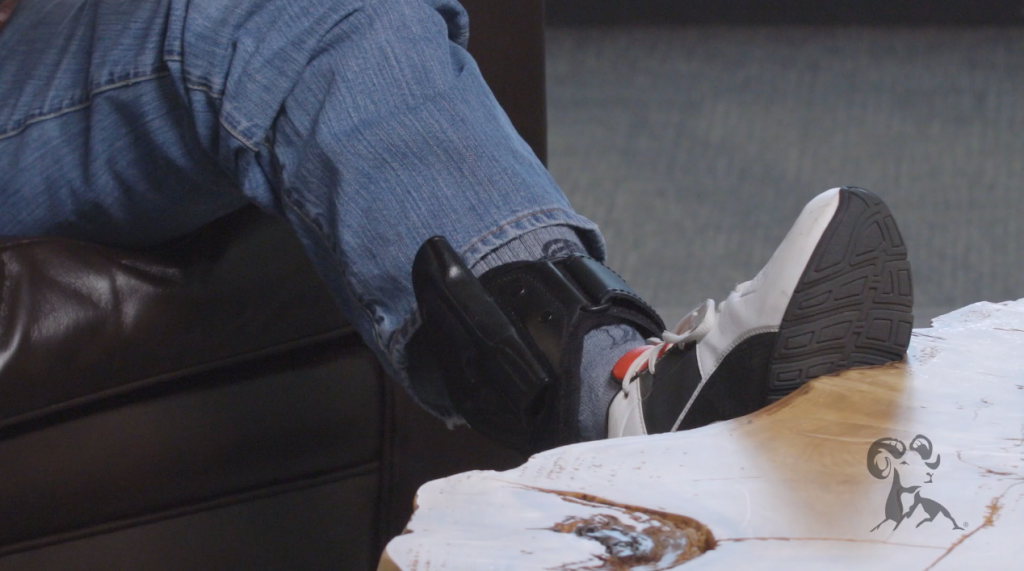
A well-made holster, however, should keep the gun in place on your calf.
There are a few different styles of holsters to choose from.
A sleeve style opts for a fabric design and slips on like a sock. It features a fabric pocket that the gun slips into.
Prices accurate at time of writing
Prices accurate at time of writing
-
25% off all OAKLEY products - OAKLEY25
Copied! Visit Merchant
A scabbard style uses a strap (often Velcro) that wraps around your ankle (and sometimes your calf).
The gun then slips into either a Kydex, plastic, or leather shell or a pocket.
-
25% off all OAKLEY products - OAKLEY25
Copied! Visit Merchant
Some holsters also feature a retention strap that goes over the rear of the gun, better securing it.
Do you need this?
Well, that depends on your activity level. If you’re on your feet frequently and moving around a lot, it might be wise. If you primarily sit throughout your day, you can probably get away with an open-top holster.
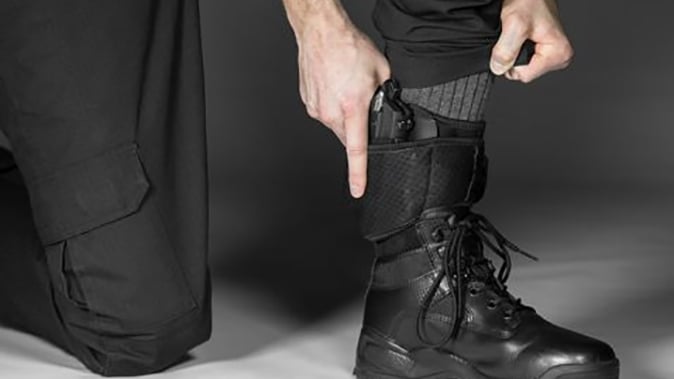
Regardless of holster style, make sure you order the correct size. Here, size matters, and a holster that is too big just won’t work.
There’s nothing worse than a holster that slides around your leg as you walk.
3. Training and Practice
Again, if you’re following along, you know I am a huge advocate for dry fire and live fire practice and training. But especially with ankle carry, you want to put in those reps.
Why?
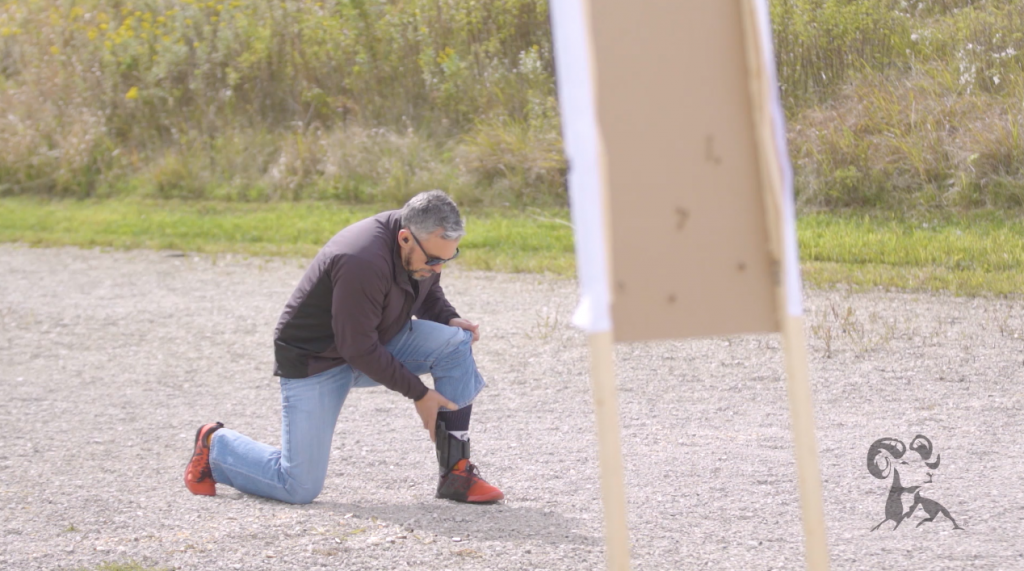
Because of that unusual drawstroke, you need to learn how to drop quickly and efficiently to one knee, draw, and present.
It takes some practice and might feel a bit weird. That’s okay. Just stick with it and keep practicing until you get comfortable.
Conclusion
Like pocket carry, I wouldn’t recommend ankle carry as my top choice for CCW method; but it certainly has its place. So long as you wear wider pant legs or longer skirts/dresses, you can successfully carry on the ankle.
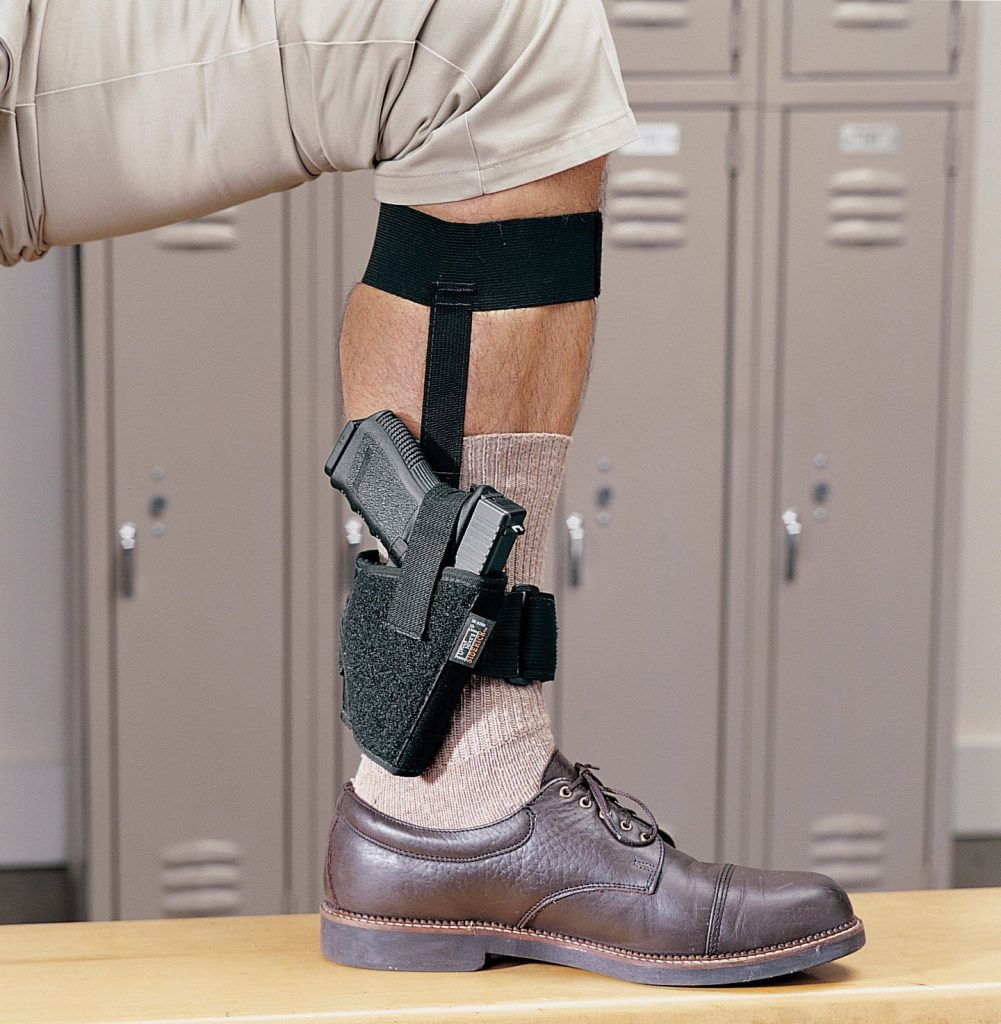
We definitely recommend investing in a good holster to support the weight of the gun. Oh, and you’ll want to stick with smaller guns. They tend to feel the best on the ankle.
And, as always, train and practice!
To get some more tips on ankle carry, check out Brownells’ Daily Defense video below!
Do you ankle carry? If so, what’s your holster/gun setup? Let us know in the comments below. If you missed our other CCW articles in this series, no worries. Get spun up on Strong Side Carry, AIWB, and Pocket Carry.

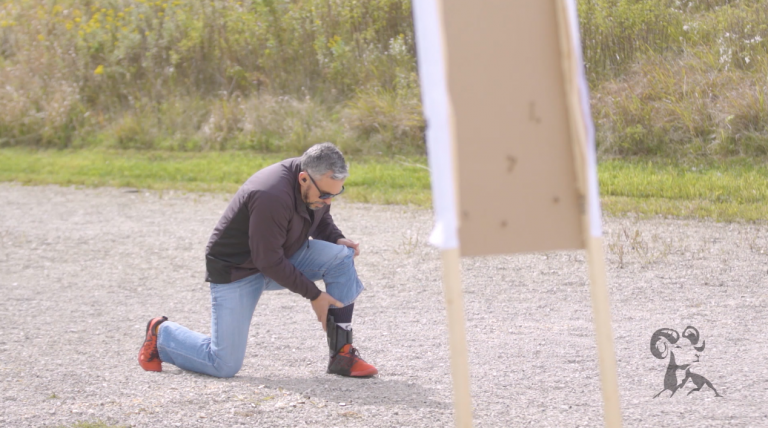
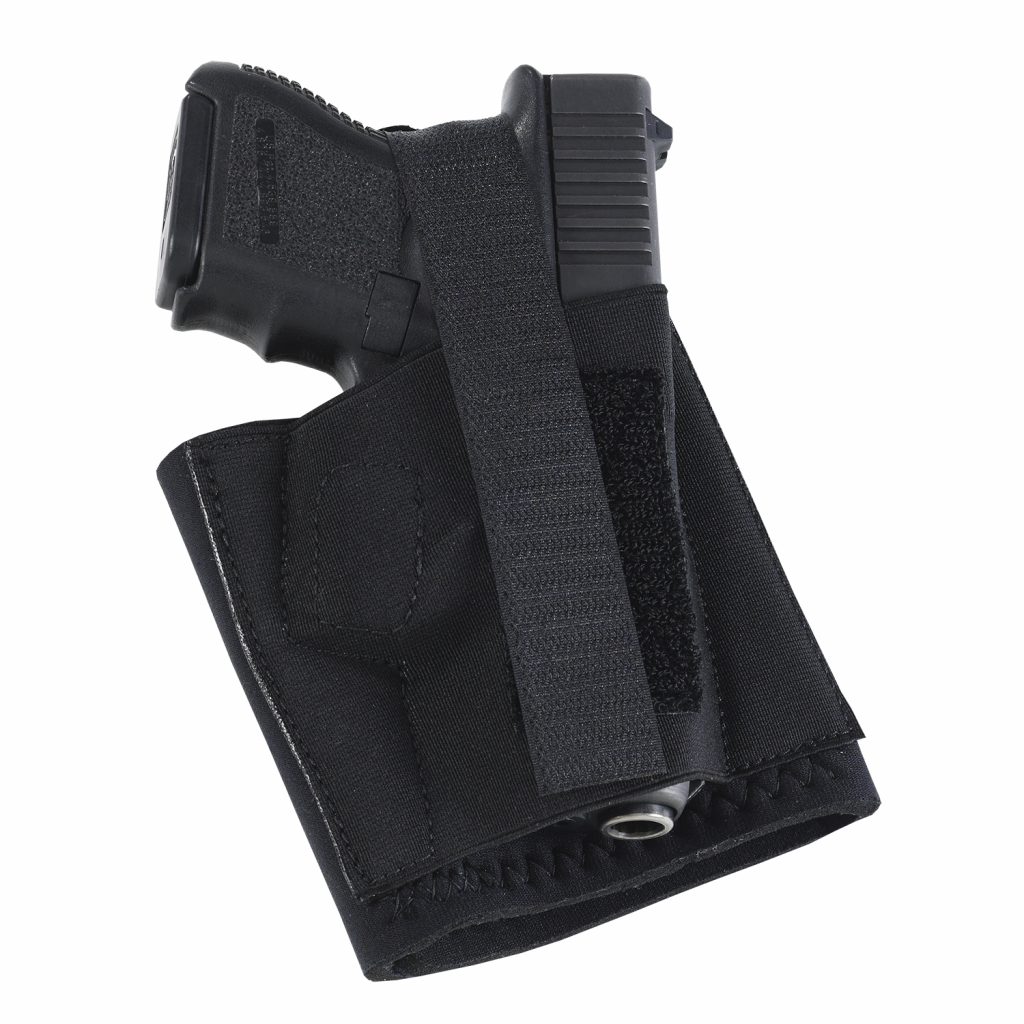








5 Leave a Reply
Good holster and Uncle Mike’s should never be mentioned in the same sentence...or article.
Good article with emphasis on training/ practice the draw from the ankle. I’ve noted many people using ankle systems but very few with any level of proficiency.
With a good retention strap, I carried my Ruger LCP II upside down. Did not have to pull pants leg up. Sit with my leg crossed and discretely take it out. Never had a problem. Pop the strap and the gun literally drops into your hand. Running, jumping up and down is not advised, but not necessarilly rulled out.
I carry a Sig P938 in a bug bite ankle holster at church. While I wouldn’t go jogging with it, by the time we go to lunch I have to touch it now and then to be sure it’s still there.
When you say invest in a good holster, that's no lie. As a young cop, I carried a hammerless revolver in an elastic only holster, made by a good name brand. It came out in a foot pursuit. Thankfully it was in a back yard and easily found. I'd strongly recommend a thumb break, hammerless or not.
I was just going to make the same comment. Ankle-carried guns take a lot more vertical jostling than guns carried anywhere else, especially if you have to run. Back when I used them (can't anymore, knee injuries) I always wore holsters with thumb breaks. A pistol carried in an open-top ankle holster can creep up inside the holster and you won't notice it till the pistol flies out. I've seen it happen in foot pursuits and on raids, and it's not a comforting thing.